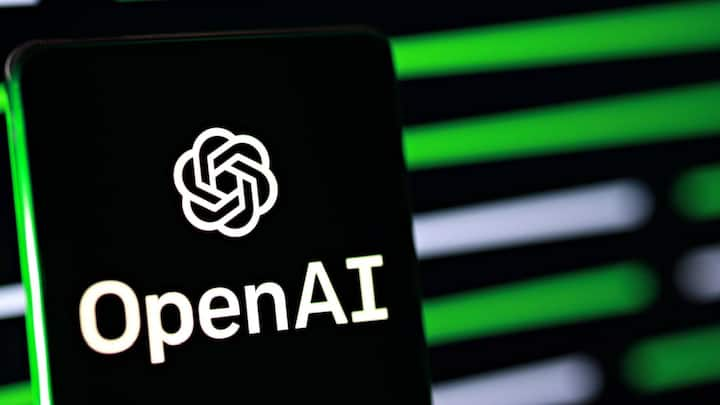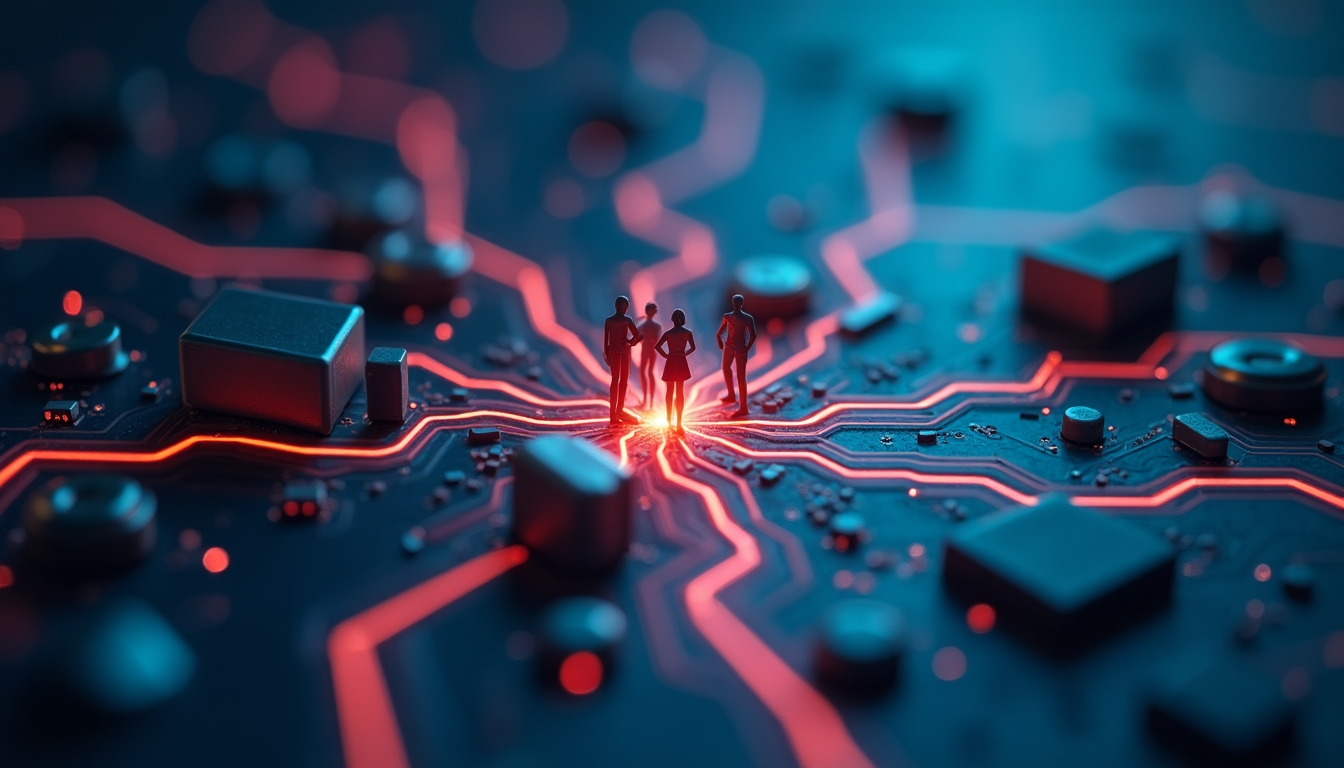Generative AI in Software Development: Transforming the Development Life Cycle and Boosting Productivity

Generative AI in Software Development: The Future of Coding and Automation
Introduction to Generative AI in Software Development
The software development industry is experiencing a transformation, and Generative AI in software development is at the forefront of this change. With advancements in AI search tools, cloud computing, and automated coding, developers are now able to leverage AI-powered software to enhance productivity, write cleaner code, and even automate repetitive tasks. But how exactly is Generative AI contributing to the evolution of software engineering?
In this article, we will explore how Generative AI is becoming an integral part of the software development life cycle, its benefits, impact on the industry, and its role in shaping the future of AI in software development.
What is Generative AI and How Does It Work in Software Development?
Generative AI refers to AI systems that are capable of creating new content, including code, based on given parameters and input. Unlike traditional AI systems that simply analyze and categorize data, generative models can design novel outputs, making them highly beneficial in areas like AI programming tools and automated software development.
In software development, Generative AI helps developers by automating the generation of code snippets, providing solutions to common bugs, and even testing and deploying software. AI models like OpenAI’s Codex and GitHub Copilot are good examples of generative tools that assist developers in writing complex code faster and with fewer errors.
The Role of AI in Software Development
As developers face increasing pressure to deliver software quickly and efficiently, AI in software development has proven to be a game-changer. Here are a few ways in which AI is reshaping the development process:
- Code Generation: Generative AI can generate entire code blocks based on simple instructions, speeding up development and reducing human error.
- Bug Detection: AI tools automatically detect bugs in the code and suggest fixes, helping developers reduce debugging time.
- Automated Documentation: Generative AI is capable of writing documentation for code, making it easier for developers to keep track of changes and improve project collaboration.
- Testing Automation: AI can also generate test cases, reducing manual effort in quality assurance (QA) and improving software reliability.
With these capabilities, Generative AI is increasingly being integrated into the software development life cycle, making it a core component of modern software engineering.
The Benefits of Generative AI in Software Development
Generative AI has several benefits that can significantly improve productivity and reduce costs in software development. Some of these benefits include:
1. Increased Development Speed
By automating code generation and debugging, Generative AI can significantly speed up the development process. Developers no longer need to spend hours writing boilerplate code, allowing them to focus on more complex and creative tasks.
2. Enhanced Code Quality
AI tools can identify potential bugs and suggest fixes before the code is even compiled. This helps improve the overall quality of the software, reducing the risk of errors that might occur during production.
3. Cost Efficiency
Since AI can automate routine tasks like writing code, generating documentation, and performing quality assurance, developers can reduce the time spent on these repetitive activities. This not only saves time but also reduces labor costs.
4. Better Resource Management
By automating certain aspects of the development process, developers can focus on high-level problem-solving and strategic planning. This optimizes the use of human resources and ensures that developers work on the most important aspects of the project.

Generative AI in the Software Development Life Cycle
The software development life cycle (SDLC) involves several phases, from planning and design to testing and deployment. With the integration of Generative AI, these phases are becoming more automated and streamlined:
1. Design Phase
Generative AI can assist in creating system architectures and designing software models. AI-powered tools can generate design patterns, suggest UI layouts, and even simulate user interactions.
2. Development Phase
During the development phase, AI tools like GitHub Copilot can help developers write code faster and with fewer mistakes. AI-powered code generators can provide code snippets, handle repetitive tasks, and even suggest improvements in real-time.
3. Testing Phase
In the testing phase, AI models can automatically generate test cases, perform regression testing, and identify potential security vulnerabilities. AI search tools can scan the code for common issues and vulnerabilities, reducing the chances of software failures.
4. Deployment Phase
Before deployment, Generative AI can help optimize code for performance and scalability. AI-powered deployment tools ensure smooth integration with cloud infrastructure and monitor performance metrics to guarantee that the software is running efficiently.
Impact of Generative AI on the Software Development Industry
The rise of Generative AI is having a profound impact on the software development industry. Some of the key effects include:
1. Shifting Developer Roles
With AI handling tasks such as code generation and bug fixing, developers are increasingly becoming problem-solvers and strategists rather than being bogged down with repetitive coding tasks. This shift is enabling developers to focus on higher-level concepts and creative problem-solving.
2. Enhancing Collaboration
AI-generated code and documentation can make it easier for developers to collaborate across teams. Since AI tools standardize code and automate documentation, team members can easily understand and build upon each other’s work, improving efficiency and reducing communication barriers.
3. Democratizing Software Development
Generative AI is making it easier for non-experts to get involved in software development. With AI-powered code generators and low-code platforms, people with limited technical knowledge can create simple applications and prototypes, reducing the barriers to entry in software development.
The Future of AI in Software Development
As Generative AI continues to evolve, its role in software development will only grow. In the coming years, we can expect to see the following trends:
1. Full Automation of the Development Process
In the future, AI-powered tools could handle entire software development projects, from design to deployment, with minimal human intervention. This would drastically reduce development time and costs, while improving the accuracy and efficiency of the final product.
2. AI-Driven Customization
AI could soon be capable of understanding the specific needs of individual projects and automatically tailoring software solutions to fit those needs. This would allow businesses to create highly customized applications at scale.
3. Integration of AI in Agile Development
As Agile development methodologies become more popular, Generative AI will be used to create iterative versions of software faster, respond to changing requirements, and automatically manage project timelines and resources.
Conclusion: Embracing the Future of AI in Software Development
Generative AI in software development is revolutionizing the industry by automating tasks, improving code quality, and enhancing productivity. By integrating AI into every stage of the software development life cycle, developers can focus on creating more innovative solutions while AI takes care of the repetitive and mundane tasks.
As Generative AI continues to evolve, it is clear that its influence on software development will only continue to grow. Embracing AI programming tools and automated software development processes will enable businesses to stay competitive and keep pace with the rapid advancements in technology.
For more information on Generative AI and its role in software development, visit OpenAI’s website.
FAQs
What is Generative AI in software development?
Generative AI refers to AI systems that can automatically generate code and perform tasks like debugging, testing, and documentation, making the software development process more efficient.
How can Generative AI improve software development?
Generative AI can enhance productivity by automating routine tasks, improving code quality, speeding up development, and reducing costs.
What is the impact of AI on the software development life cycle?
AI optimizes each phase of the software development life cycle, from design and development to testing and deployment, making the process faster, more efficient, and cost-effective.
Can AI replace developers in the future?
While AI can automate certain aspects of software development, developers will continue to play a crucial role in problem-solving, creativity, and innovation. AI will serve as a tool to enhance human capabilities rather than replace developers.
By following the SEO best practices and incorporating the right keywords, this post can help you achieve better visibility on search engines and drive more traffic to your website.


